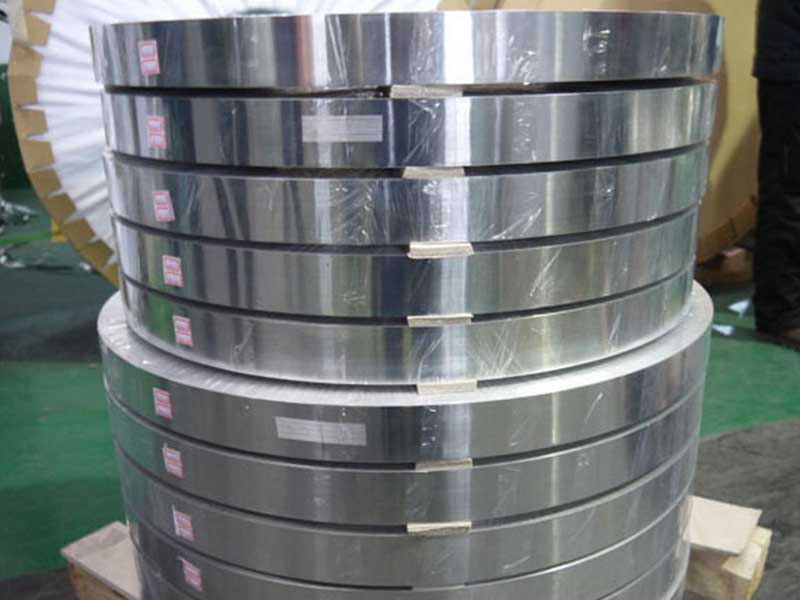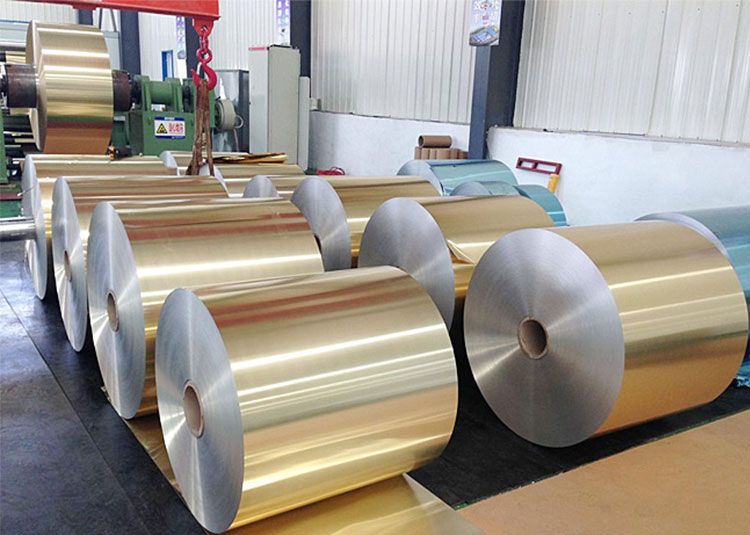Aluminum foil is a versatile material widely used across various industries, and its effectiveness mainly depends on its temper. Temper refers to the condition of the aluminum, which affects its strength, formability, and other characteristics. In this article, we will delve into three prominent tempers of aluminum foil blanks: H14, H16, and O. By understanding these tempers, you can make informed decisions about the right aluminum foil for your specific needs.
1. H14 Temper
The H14 temper is a strain-hardened aluminum foil that undergoes mild cold working. Characterized by a minimum tensile strength of 290 MPa, H14 aluminum foil offers a balance of strength and workability. This temper is particularly suitable for applications where moderate strength is required without sacrificing formability.
Applications:
- Packaging: H14 foil is commonly used in food packaging and container production, thanks to its sufficient strength and good barrier properties against moisture and light.
- Insulation Materials: Its robust nature makes H14 ideal for use in thermal insulation materials, providing a reflective surface that enhances thermal efficiency.
Benefits:
- Excellent balance of strength and ductility.
- Effective barrier against moisture, light, and odor.
- Ease of fabrication and handling.
2. H16 Temper
The H16 temper represents a more highly strain-hardened state than H14. With a minimum tensile strength of around 315 MPa, H16 aluminum foil is ideal for applications requiring enhanced strength and durability. This temper is perfect for industries that demand high-performance materials without compromising on flexibility.
Applications:
- Automotive Industry: H16 foil is increasingly used in automotive parts, providing lightweight and strong materials that help improve vehicle efficiency while maintaining structural integrity.
- Consumer Electronics: This temper is beneficial in producing components for electronic devices, including batteries and circuit boards, where reliability is key.
Benefits:
- Higher tensile strength, making it suitable for more demanding applications.
- Enhanced durability, providing longer service life against wear and damage.
- Lightweight alternative to traditional materials, improving overall efficiency.
3. O Temper
The O temper, or fully annealed aluminum foil, undergoes a complete softening process, resulting in an extremely ductile and malleable material. While it has the lowest tensile strength among the three (approximately 200 MPa), its exceptional formability makes it a go-to choice for applications requiring intricate shapes and designs.
Applications:
- Heat Exchangers: O temper aluminum foil is prominently used in air conditioning units and HVAC systems due to its excellent thermal conductivity and ability to form complex shapes.
- Art and Craft Projects: The malleability of O temper foil makes it a popular choice for artists and hobbyists seeking to create intricate designs or sculptures.
Benefits:
- Exceptional ductility and malleability, perfect for detailed work.
- High thermal conductivity, critical for heat management applications.
- Flexible and easy to manipulate without cracking or breaking.













